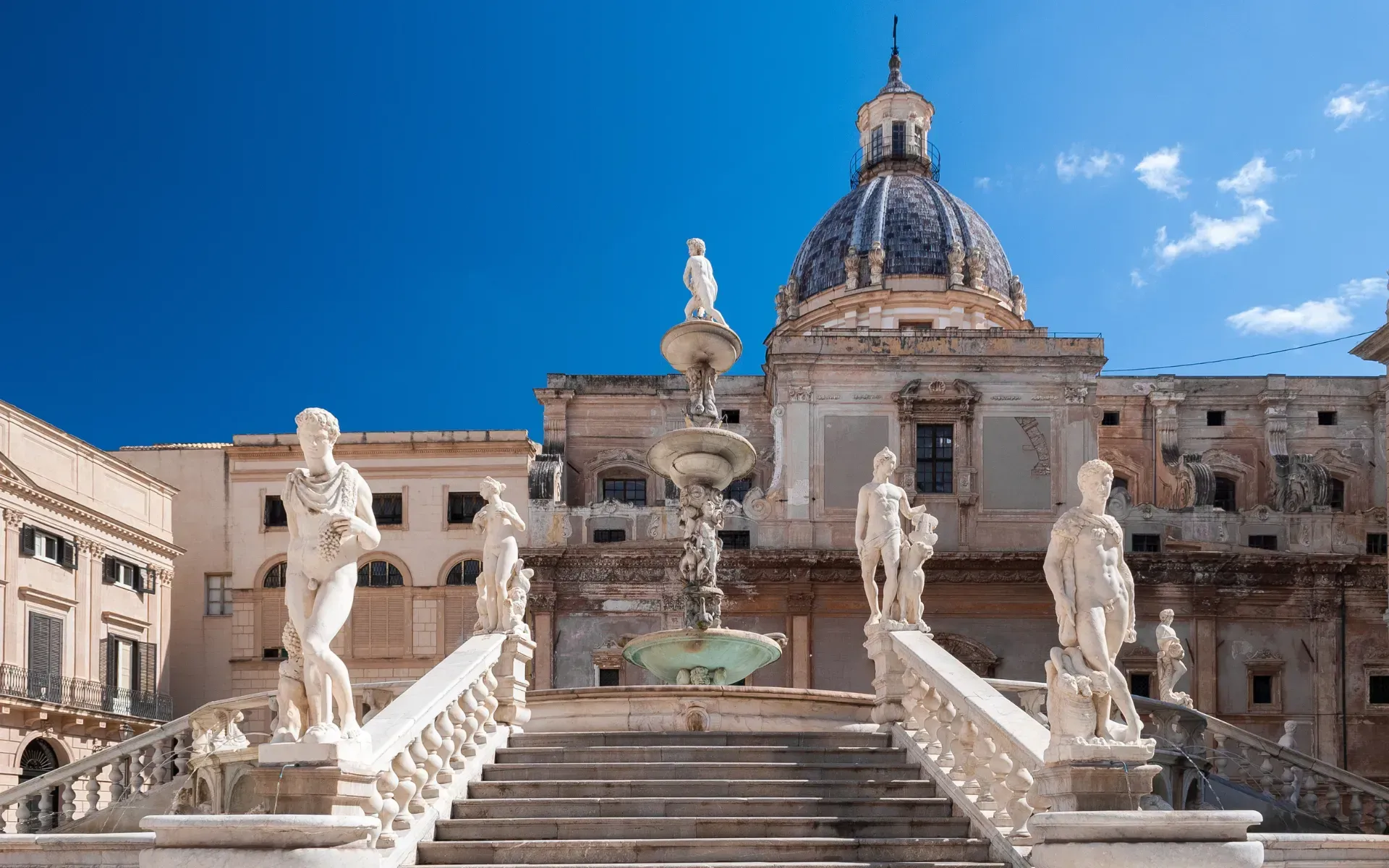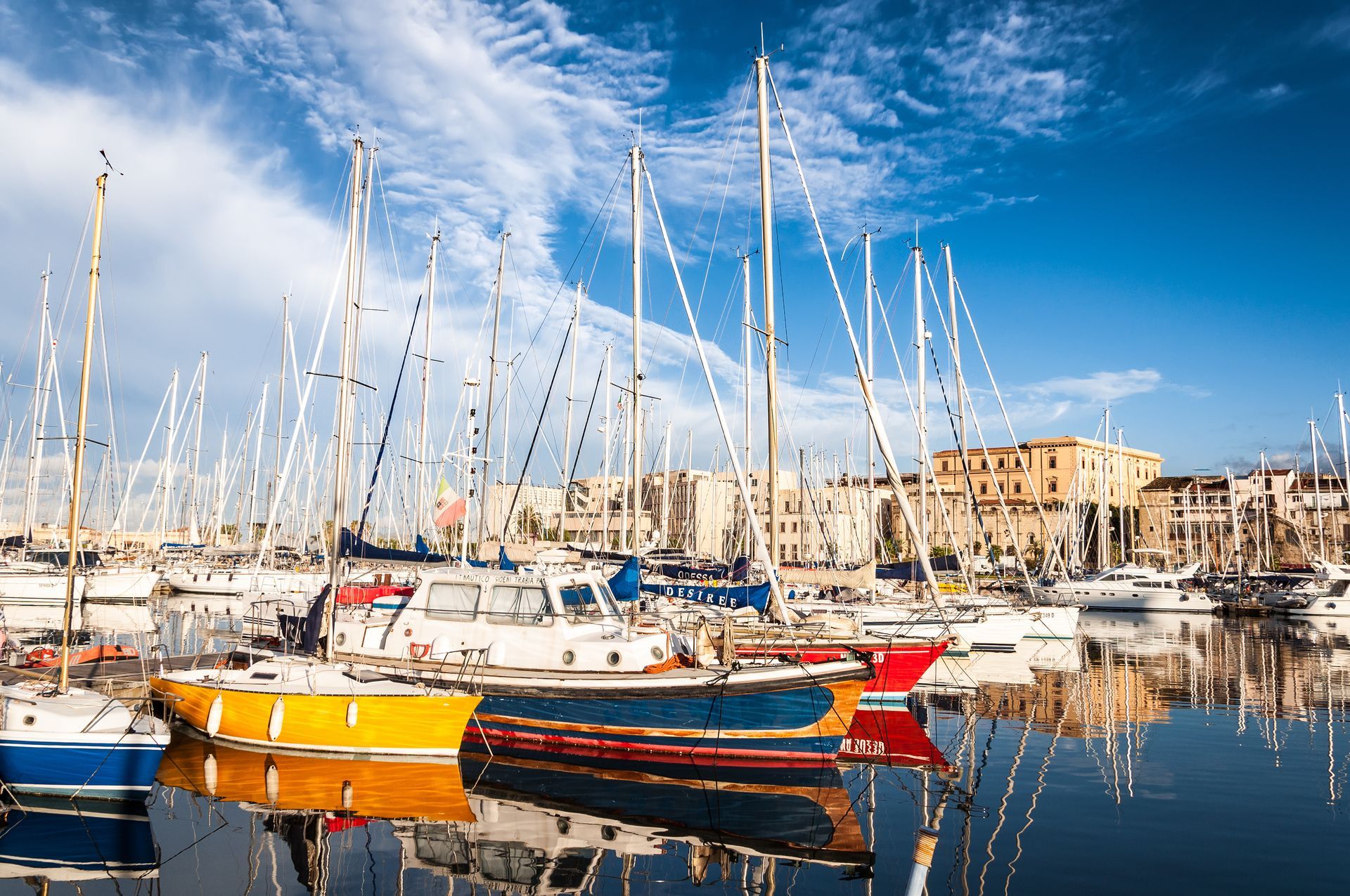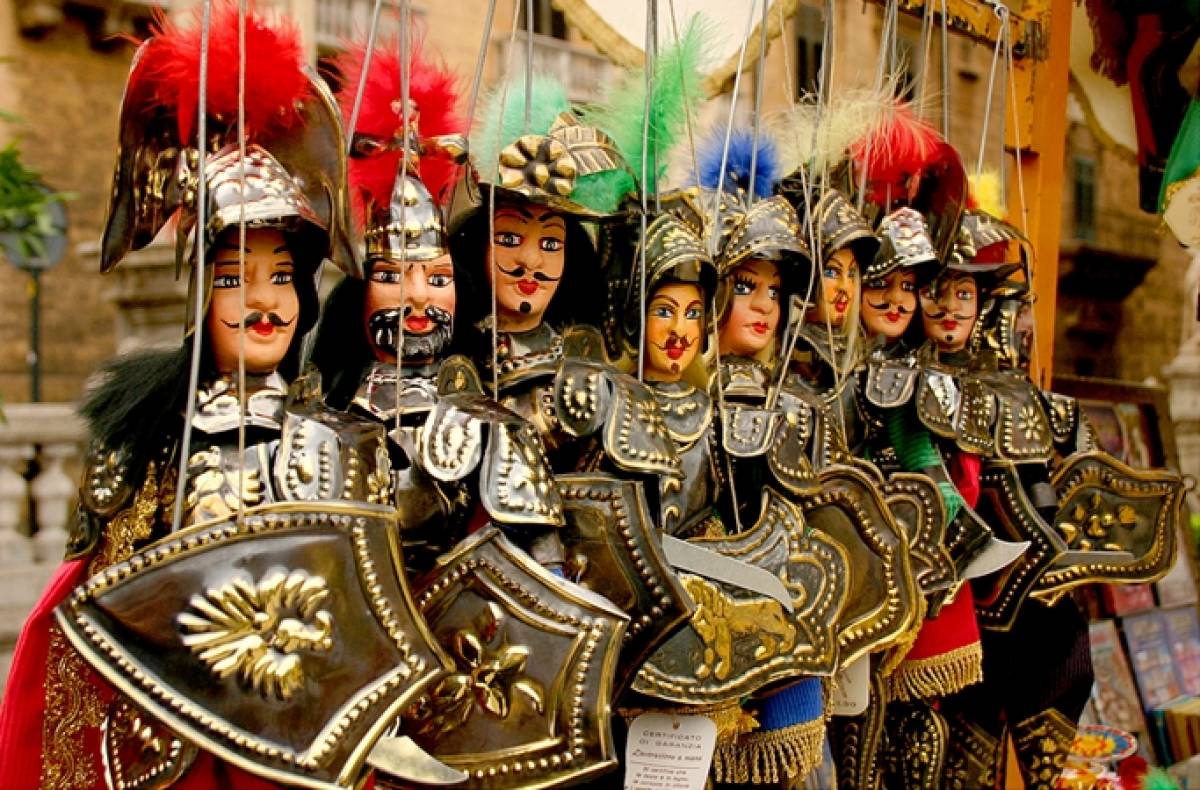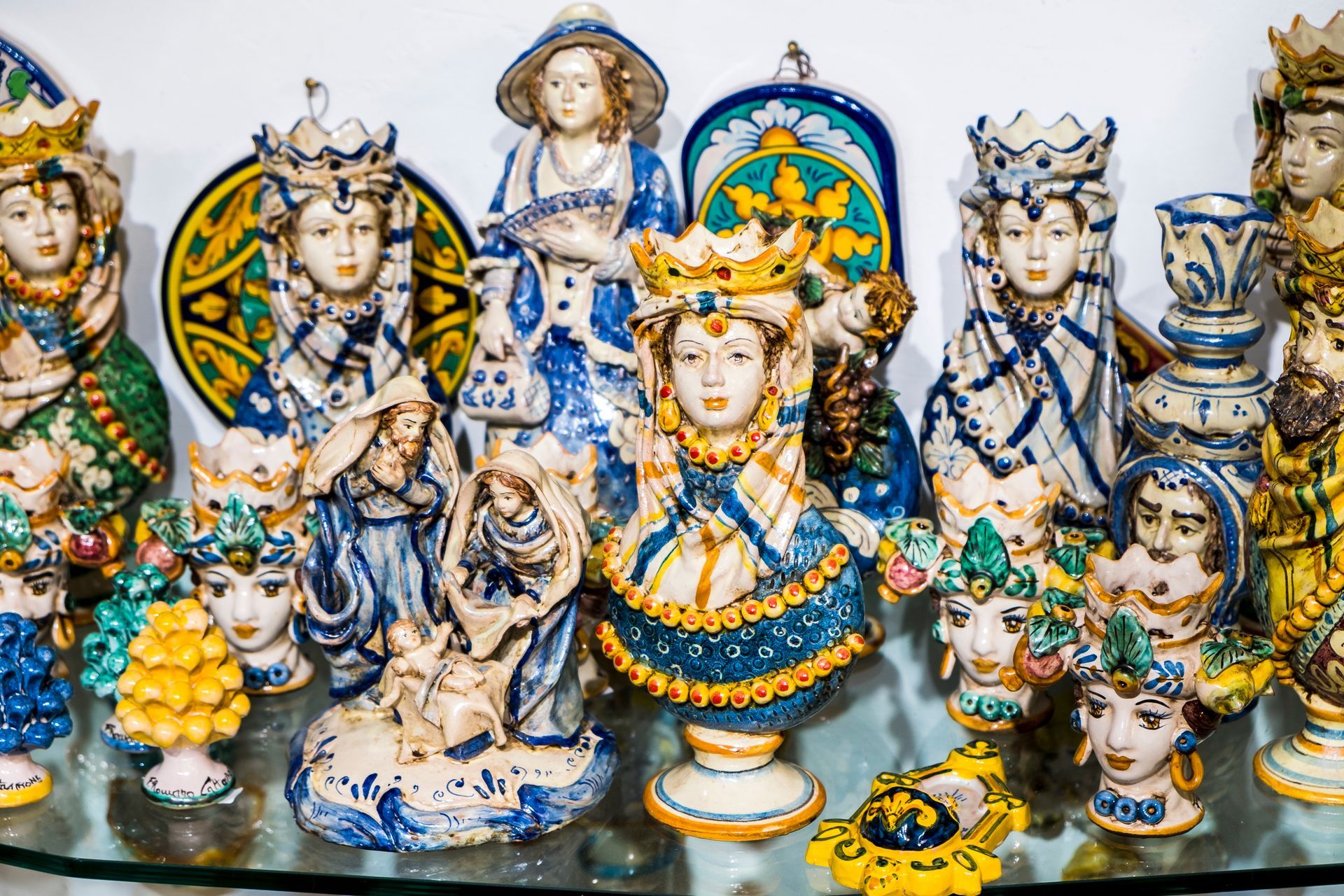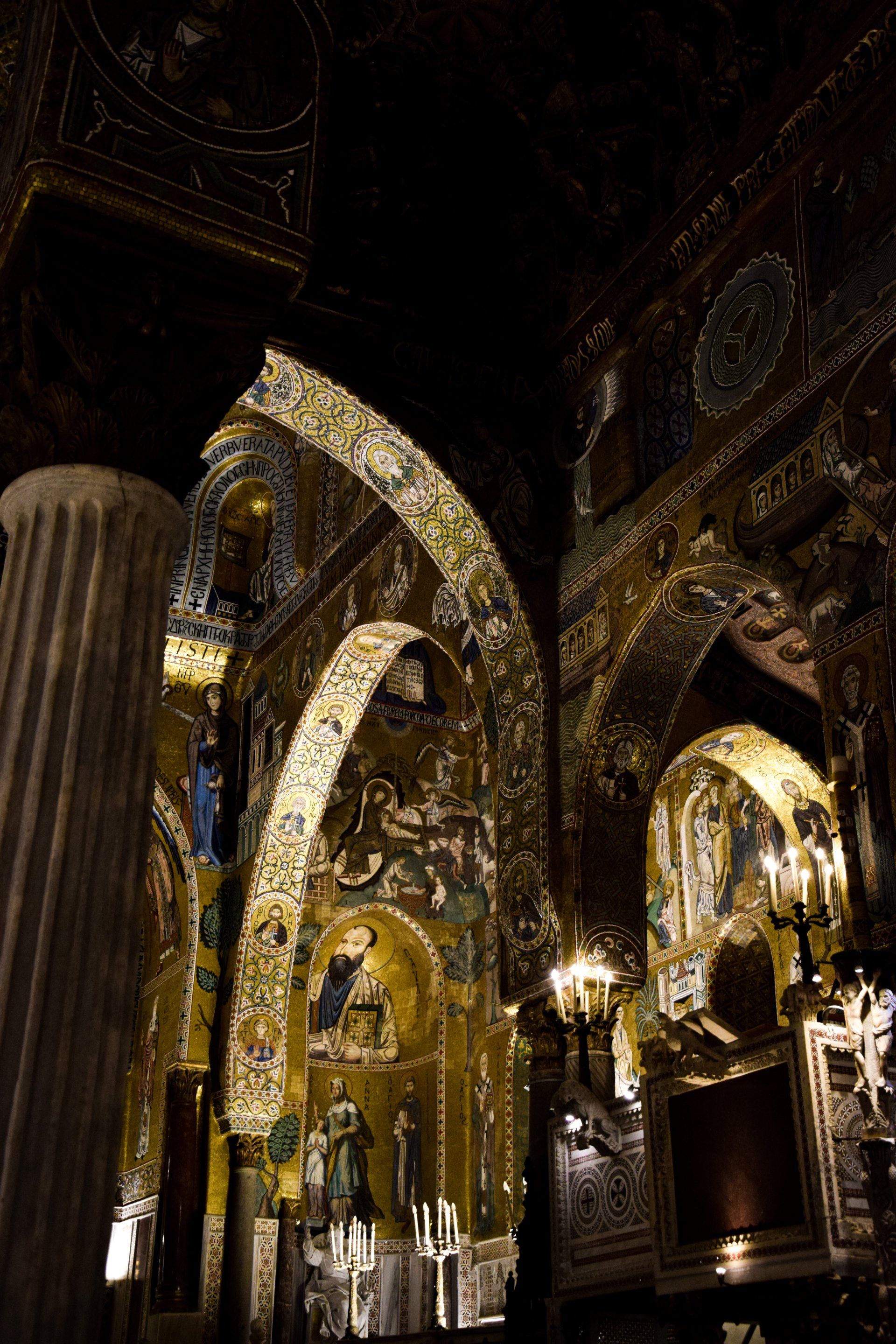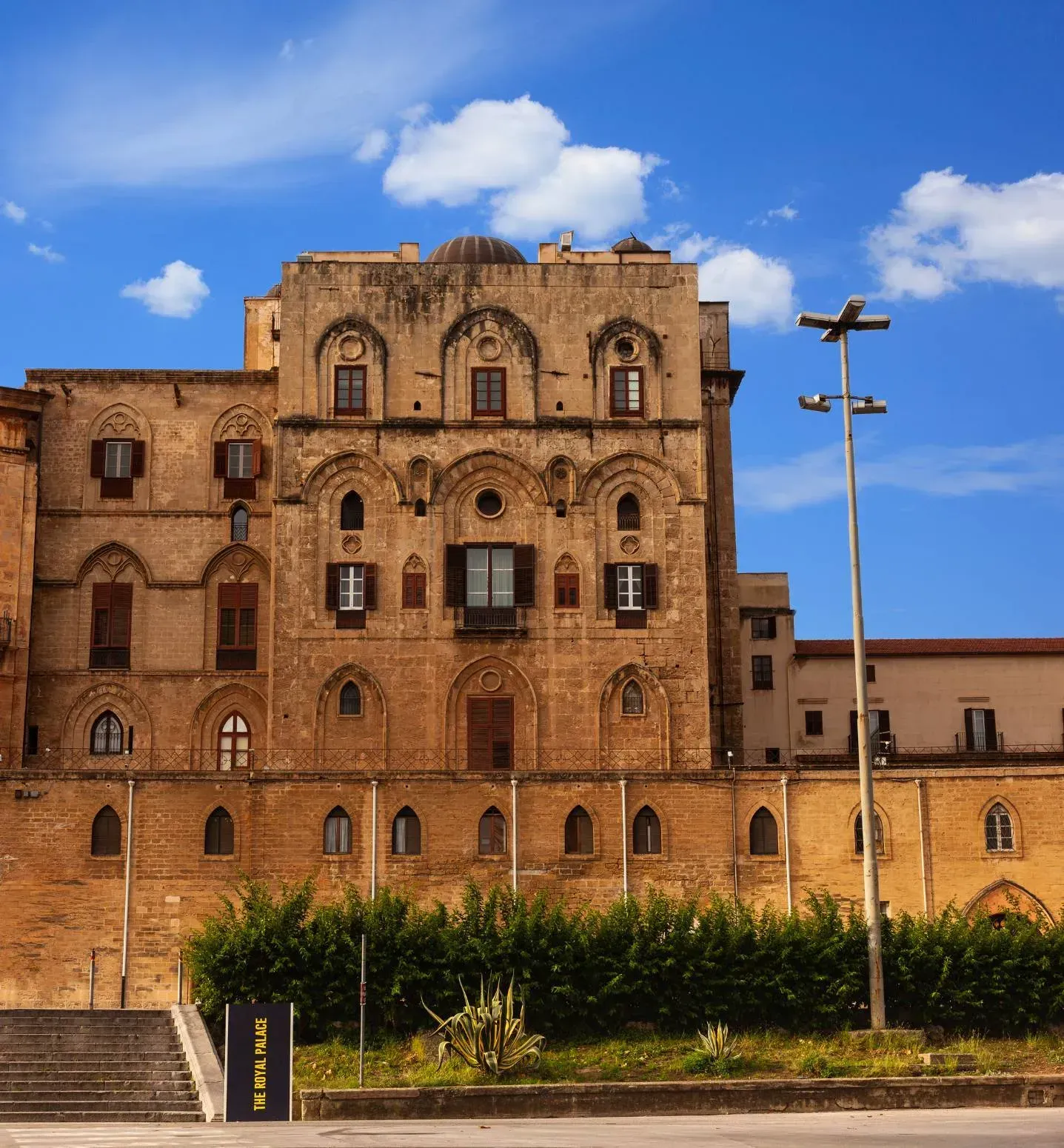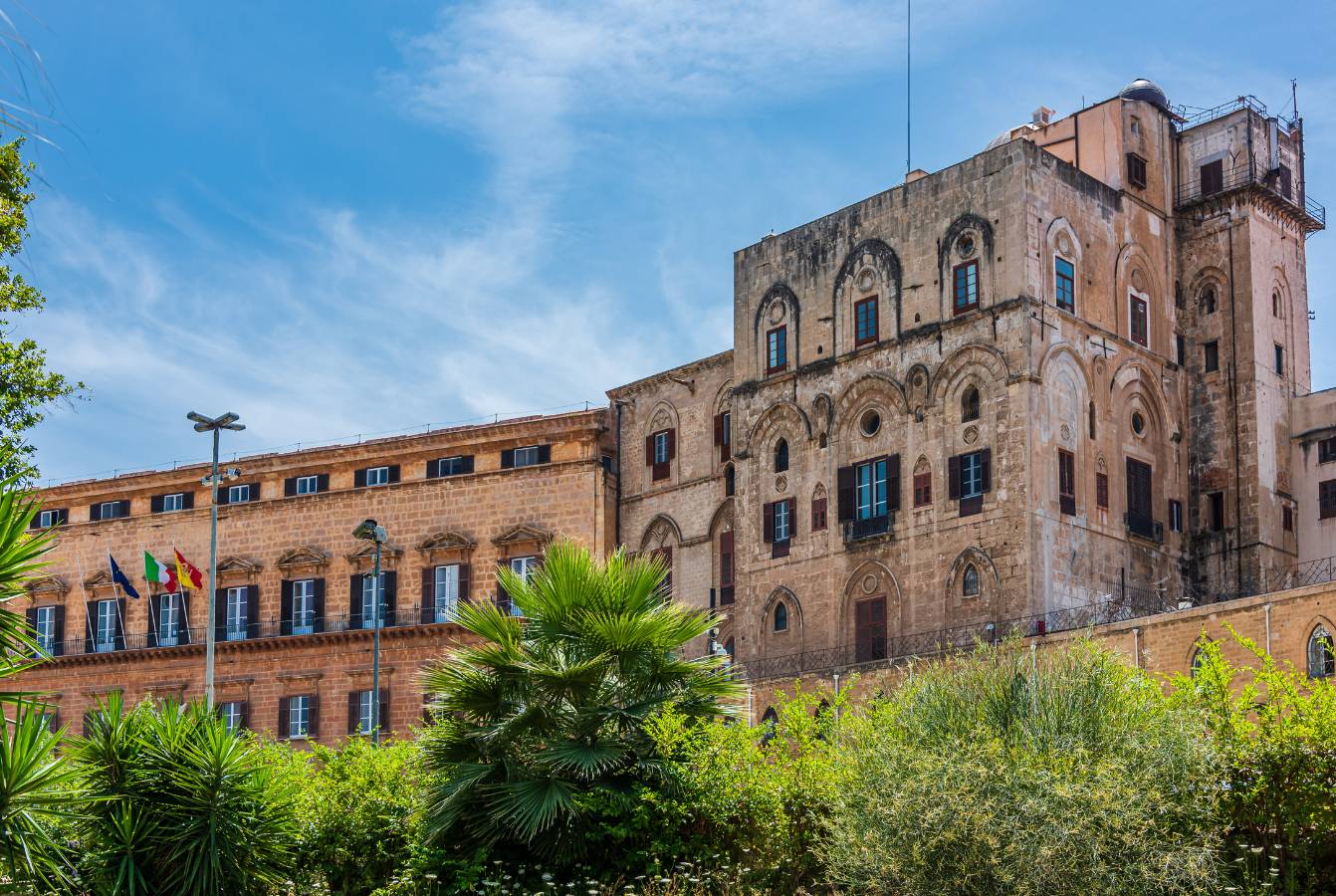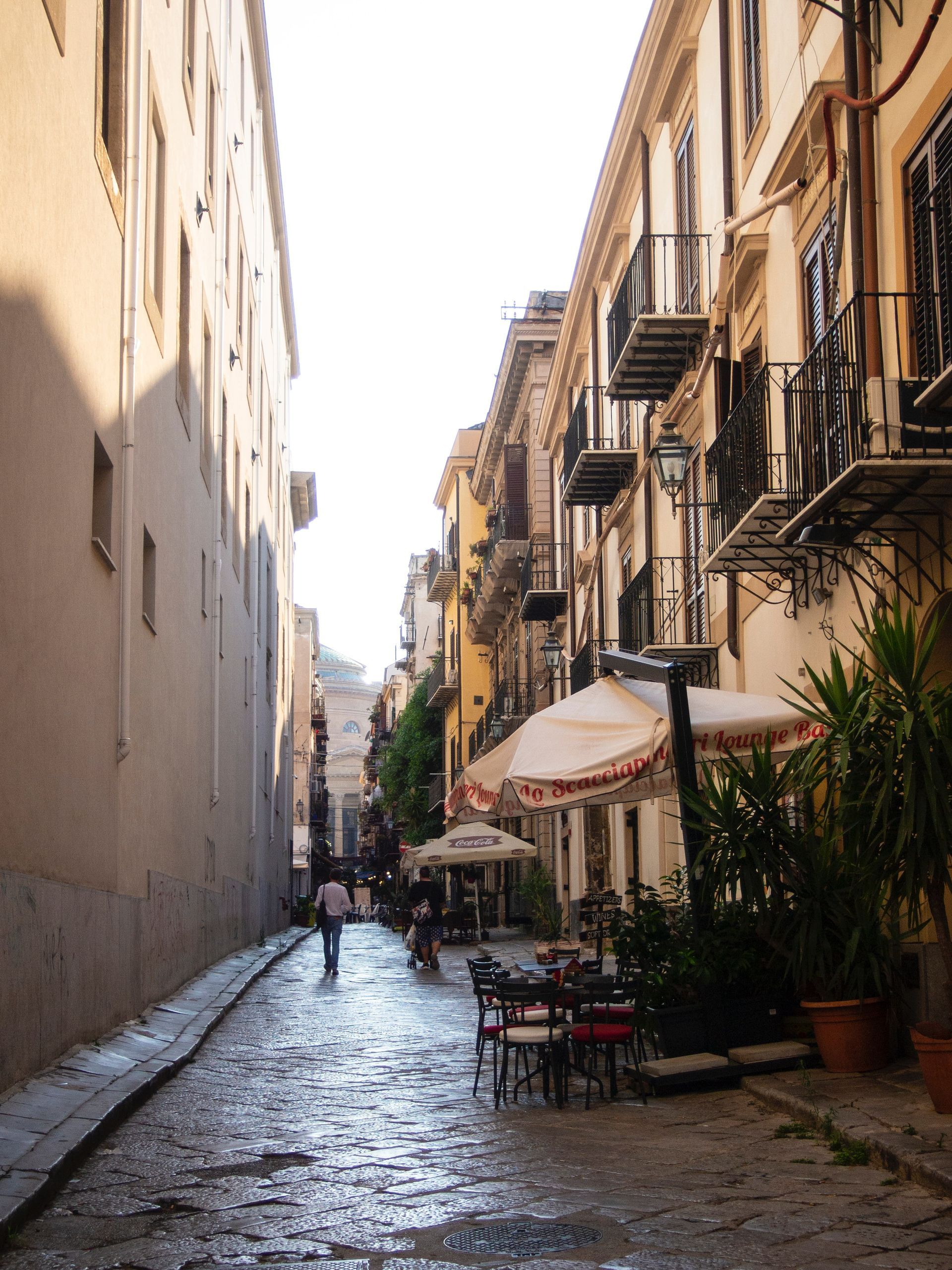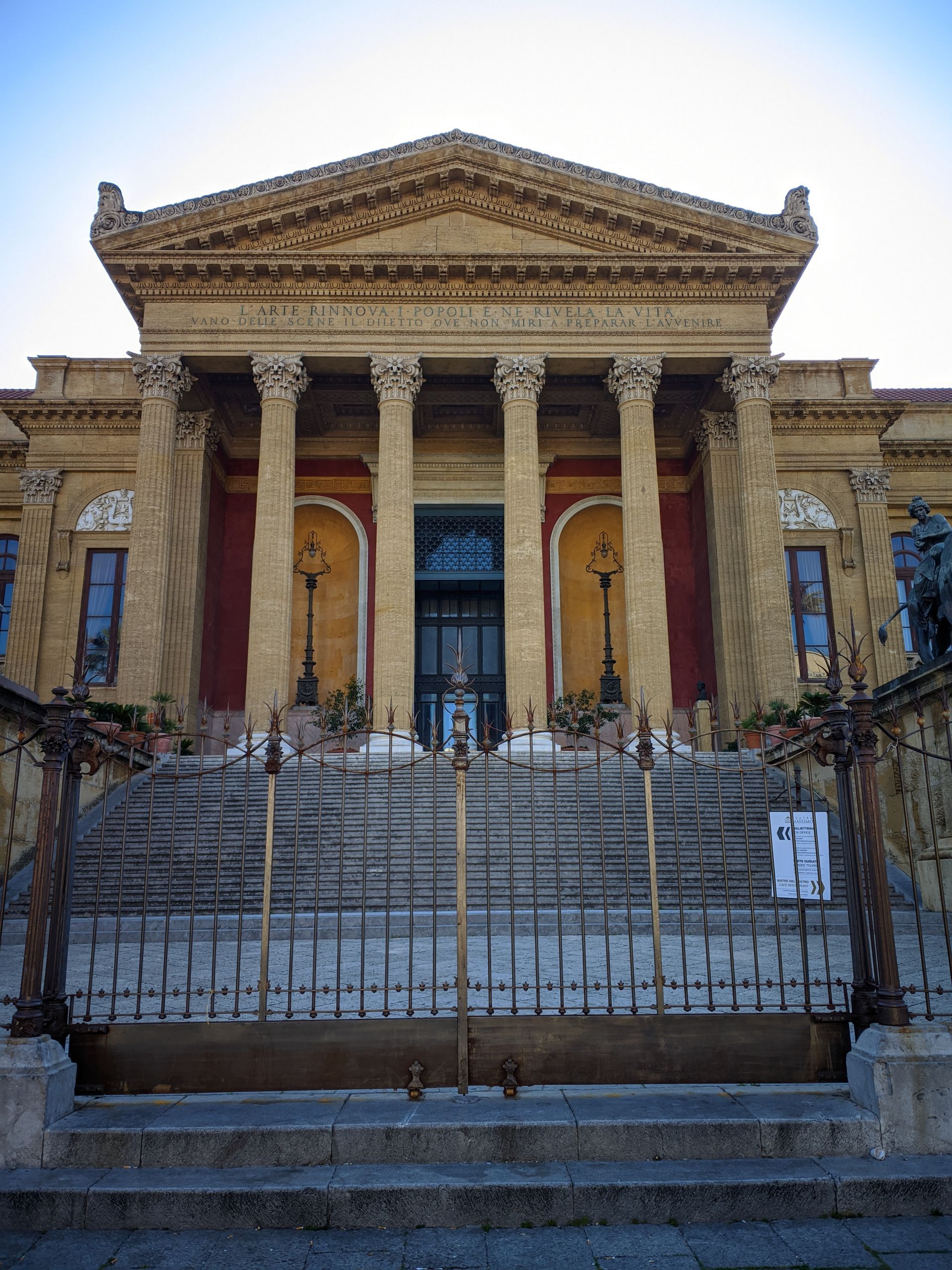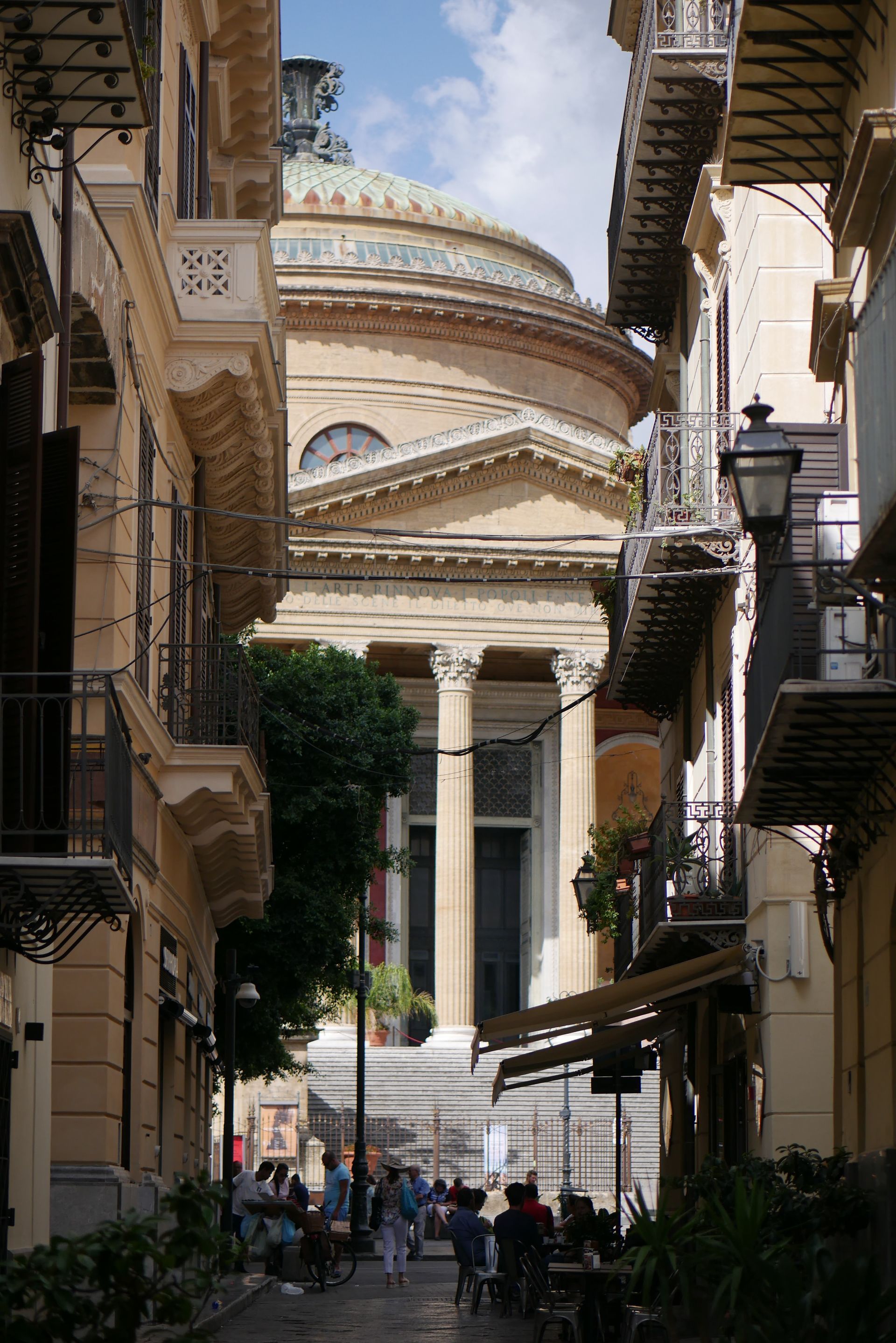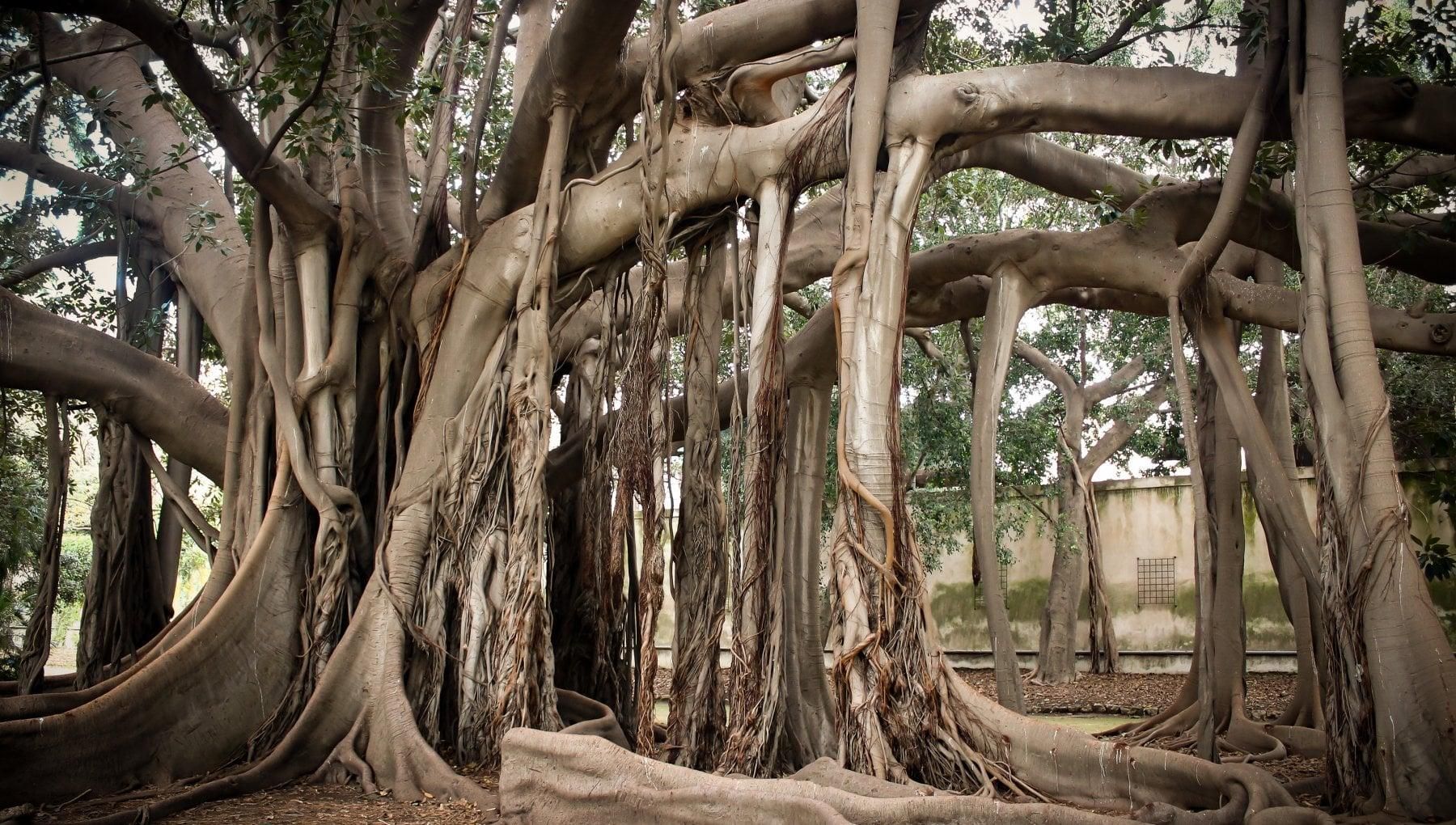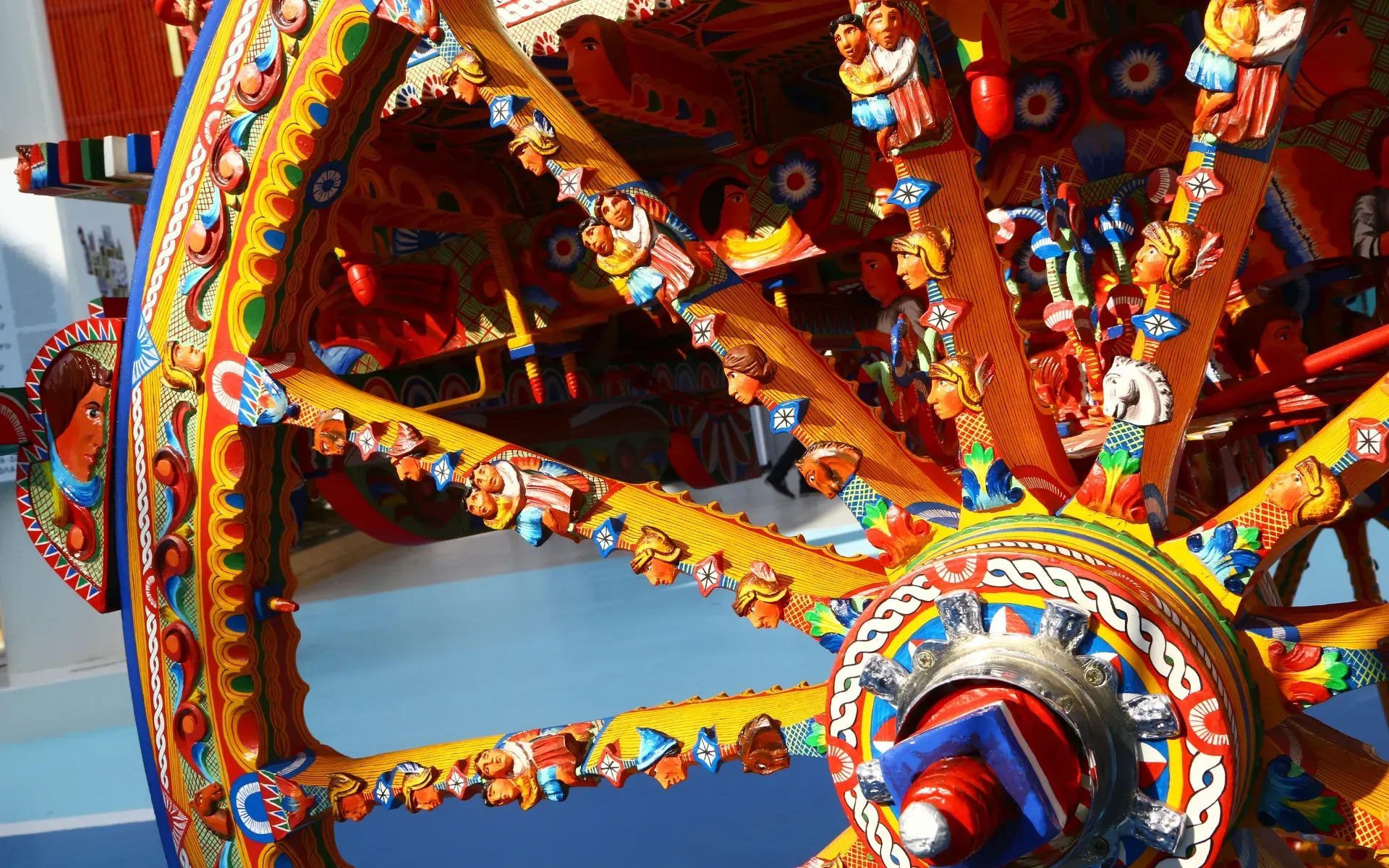
Palermo and surroundings

Palermo boasts a history going back thousands of years and each phase of its evolution has profoundly transformed it, bestowing on it a different appearance each time. Having been the setting for the city's main historical events, its old quarter, considered one of the largest in Europe, thus represents an authentic page of history en plein air.
Did you know that...
Zyz, Panormus, Balarm or Palermo, whatever one might call it, represents one of the greatest examples of cultural syncretism in history. In the wake of the Phoenician founders (8th century B.C.), it was the turn of the Greeks, Romans, Byzantines, Arabs, Normans, Jews... and then the Swabians, Angevins and Spaniards.
All of these peoples took something from, and added something to, the city, and their intermingling produced a cultural synthesis of extraordinary importance, the evidence of which can be found in the architecture, place-names, popular customs, culinary art and even in the habits of daily life.
Did you know that...
The Salinas Regional Archaeological Museum houses the Palermo Stone, which is the oldest example of a royal ledger known today. It is a large black basalt slab, from ancient Egypt, covered in hieroglyphics on both sides. The names of the Pharaohs of the first five dynasties are inscribed on it, along with the main historical events occurring during those reigns. The Palermo artefact is the largest and best preserved, with the remaining five housed in the Egyptian Museum in Cairo and the Petrie Museum in London.
Did you know that...
The Teatro Massimo in Palermo is the largest opera house in Italy and, at the time of its construction, was the third largest in Europe after the Opéra National in Paris and the Staatsoper in Vienna. It was built between 1875 and 1891 to a design by architect Giovan Battista Filippo Basile and completed by his son Ernesto Basile, after his father's death.
Did you know that...
The Palermo Botanical Garden boasts the tree with the largest crown in Europe, which was also elected 'Italian Tree of the Year' in 2022. This accolade is awarded annually by the Giant Trees Foundation in a competition between botanical gardens throughout the country. The majestic Ficus macrophylla has reached the venerable age of 173 years, a height of 25 metres and a circumference of over 14 metres. Native to the Australian states of Queensland and New South Wales, it represents the 'progenitor' of all other Ficus specimens introduced in Palermo since 1845.
Did you know that...
Zyz, Panormus, Balarm or Palermo, whatever one might call it, represents one of the greatest examples of cultural syncretism in history. In the wake of the Phoenician founders (8th century B.C.), it was the turn of the Greeks, Romans, Byzantines, Arabs, Normans, Jews... and then the Swabians, Angevins and Spaniards.
All of these peoples took something from, and added something to, the city, and their intermingling produced a cultural synthesis of extraordinary importance, the evidence of which can be found in the architecture, place-names, popular customs, culinary art and even in the habits of daily life.
The Royal Palace boasts an exceptional distinction: within its walls is one of the oldest parliaments in the world, active since 1130, the year of its foundation.
Within the court of Emperor Frederick II of Swabia, in the Royal Palace, the foundations of the Italian language were laid down, with the establishment of the Scuola Poetica Siciliana, the first to express poetic verse in the vernacular.
The Salinas Regional Archaeological Museum houses the Palermo Stone, which is the oldest example of a royal ledger known today. It is a large black basalt slab, from ancient Egypt, covered in hieroglyphics on both sides. The names of the Pharaohs of the first five dynasties are inscribed on it, along with the main historical events occurring during those reigns. The Palermo artefact is the largest and best preserved, with the remaining five housed in the Egyptian Museum in Cairo and the Petrie Museum in London.
The Teatro Massimo in Palermo is the largest opera house in Italy and, at the time of its construction, was the third largest in Europe after the Opéra National in Paris and the Staatsoper in Vienna. It was built between 1875 and 1891 to a design by architect Giovan Battista Filippo Basile and completed by his son Ernesto Basile, after his father's death.
The Palermo Botanical Garden boasts the tree with the largest crown in Europe, which was also elected 'Italian Tree of the Year' in 2022. This accolade is awarded annually by the Giant Trees Foundation in a competition between botanical gardens throughout the country. The majestic Ficus macrophylla has reached the venerable age of 173 years, a height of 25 metres and a circumference of over 14 metres. Native to the Australian states of Queensland and New South Wales, it represents the 'progenitor' of all other Ficus specimens introduced in Palermo since 1845.




